New data shows that 40% of Austin residents are turning to meditation to combat sleep issues, according to a recent survey by the University of Texas at Austin. This surge highlights how meditation, Austin wellness, and efforts to improve sleep are intertwining in the city’s vibrant health scene. As stress levels rise in the fast-paced Texas capital, locals are ditching pills for mindfulness practices that promise deeper rest. From tech workers to artists, Austinites report better shut-eye after incorporating simple techniques into their routines. This trend underscores a broader shift toward natural wellness solutions in 2025.
Austin’s Growing Meditation Scene
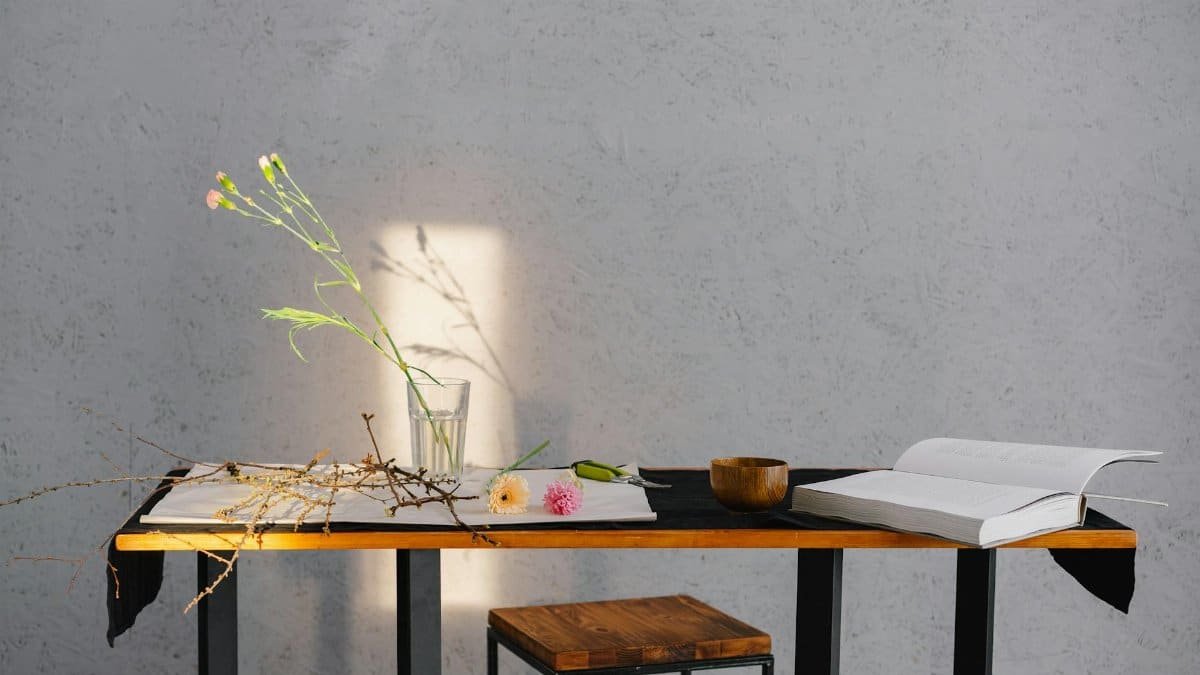
Austin has become a hotspot for wellness enthusiasts, with meditation studios popping up across neighborhoods like South Congress and East Austin. Places like the Austin Meditation Center offer classes tailored to busy professionals seeking better sleep. Local experts say the city’s laid-back vibe pairs perfectly with mindfulness practices. One instructor noted that group sessions help participants unwind after long days. This boom reflects national trends, where meditation apps have seen downloads skyrocket. In Austin, it’s not just a fad; it’s a response to the high-stress environment of the tech boomtown.
How Meditation Tackles Sleep Problems
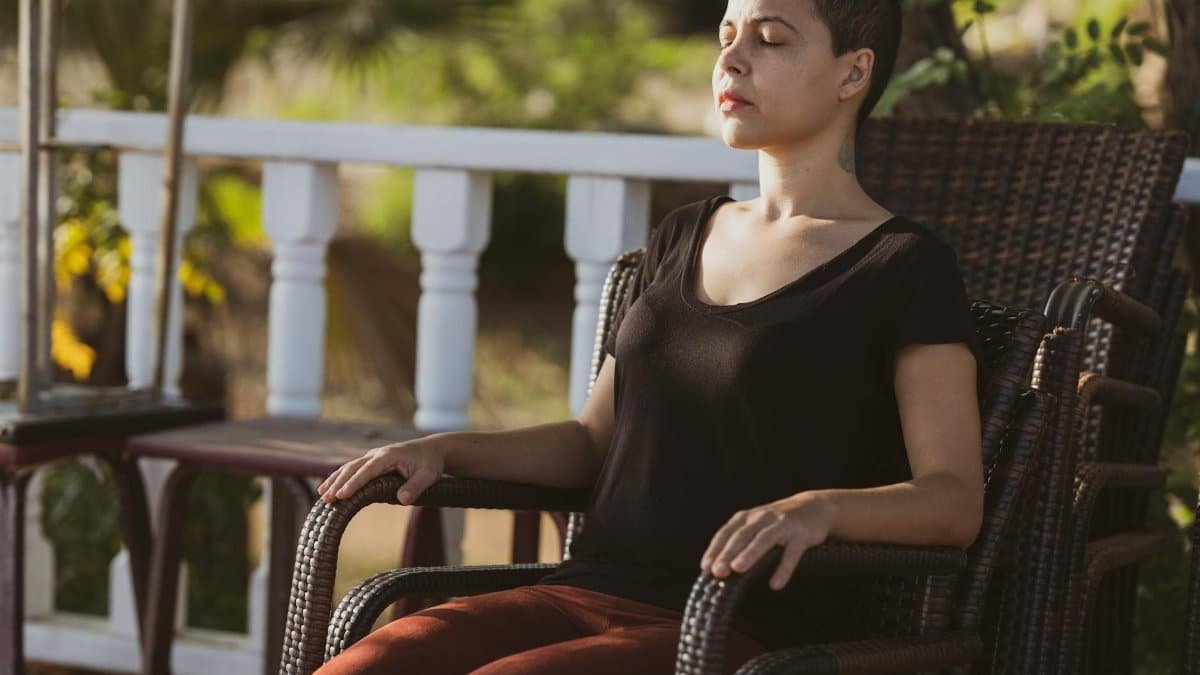
Meditation works by calming the mind and reducing anxiety, key culprits behind insomnia. Techniques like guided imagery or body scans help users transition into restful states. Studies back this up: research from the National Institutes of Health shows mindfulness practices can increase sleep quality by up to 20%. Austin locals swear by apps like Headspace, which offer sleep-specific meditations. One user shared that after a week of evening sessions, her sleep improved dramatically. It’s simple science: lowering cortisol levels through breathing exercises paves the way for uninterrupted nights.
Local Voices on Wellness Benefits
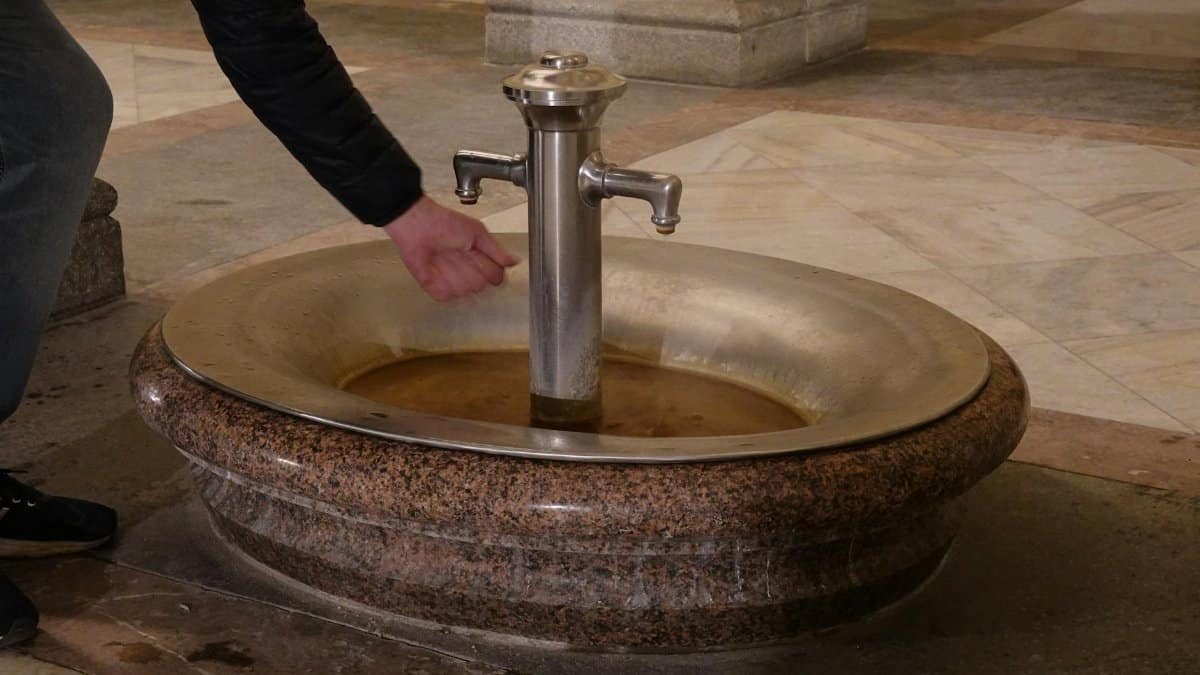
Austin residents are vocal about meditation’s impact on their sleep. Take tech entrepreneur Mike Rivera, who struggled with late-night work calls. “Meditation changed everything,” he said. “I sleep like a rock now.” Similar stories echo from yoga studios to coffee shops. A group of mothers in the wellness community reported fewer wake-ups after starting bedtime routines. These anecdotes align with data from the Centers for Disease Control and Prevention, which notes poor sleep affects one in three adults. In Austin, meditation is bridging that gap effectively.
Challenges in Starting a Practice
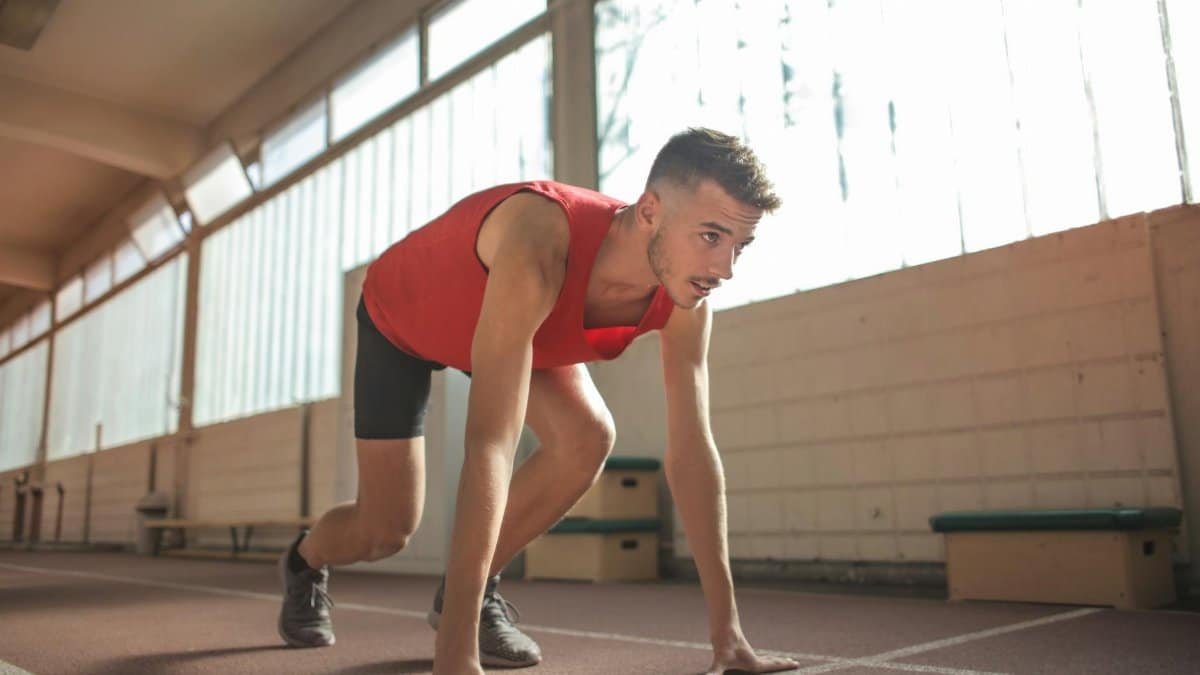
Not everyone finds meditation easy at first. Austinites often cite distractions from city noise or racing thoughts as barriers. Beginners might feel frustrated when sleep doesn’t improve immediately. Experts recommend starting small, with five-minute sessions. One local wellness coach advises pairing it with herbal tea for better results. Despite hurdles, persistence pays off. A study from Harvard Medical School indicates that consistent practice leads to long-term sleep gains. For those in Austin’s humid climate, evening walks before meditating can enhance the effect.
Integrating Meditation into Daily Life

Fitting meditation into Austin’s hustle is straightforward with mobile tools. Many locals use lunch breaks for quick sessions at parks like Zilker. Evening routines often involve dim lights and soothing sounds. Wellness centers offer workshops on combining meditation with Austin staples like hiking or live music unwind sessions. The key is consistency: even 10 minutes daily can transform sleep patterns. Users report feeling more energized for the city’s events, from SXSW to food festivals. This integration makes wellness accessible amid urban demands.
Expert Insights from Austin Pros

Dr. Elena Torres, a sleep specialist at Austin’s Seton Medical Center, emphasizes meditation’s role in holistic health. “It’s not just about closing your eyes; it’s rewiring your brain for rest,” she explained. Her clinic has seen a 30% uptick in patients using mindfulness for insomnia. Backed by findings from the National Institutes of Health, Torres recommends apps integrated with local wellness apps. Austin’s experts agree: combining it with exercise amplifies benefits for better sleep.
Community Events Boosting Participation

Austin’s wellness community thrives on events like free meditation meetups at Barton Springs. These gatherings draw hundreds, focusing on sleep improvement techniques. Organizers say attendance has doubled in the past year, fueled by social media buzz. Participants leave with practical tips, like progressive muscle relaxation. Such events foster a supportive network, making it easier to stick with habits. In a city known for innovation, these communal approaches are redefining how locals approach rest and recovery.
Measuring Real Improvements
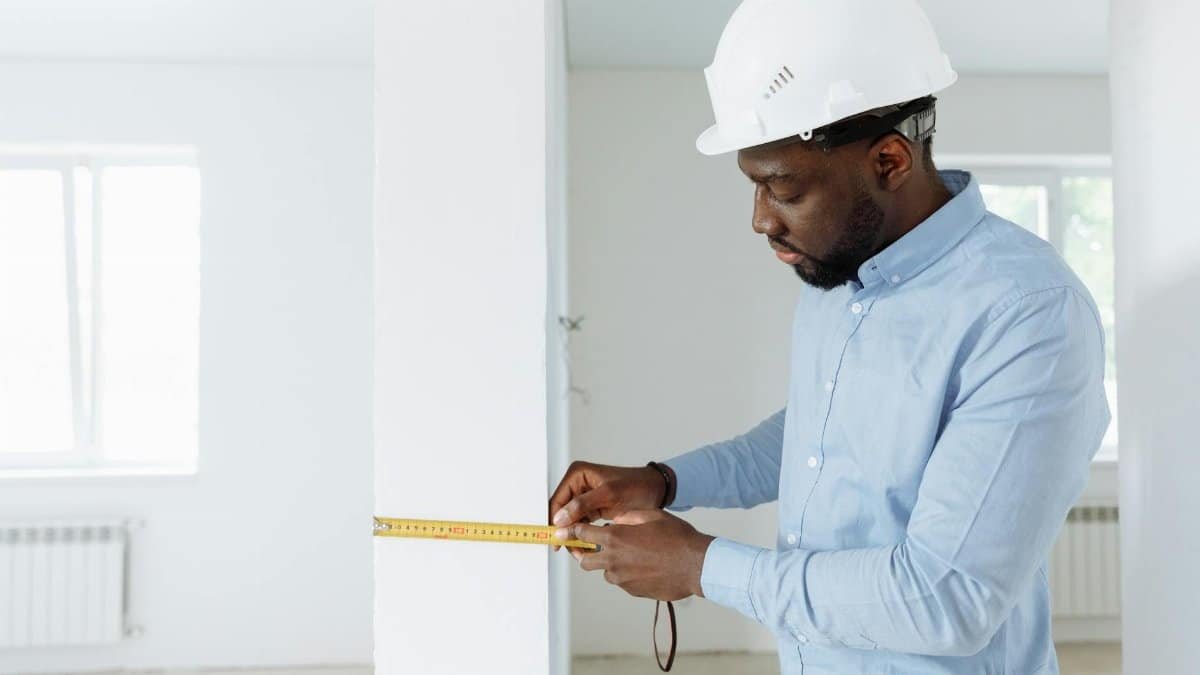
Tracking sleep gains from meditation is key for Austin users. Wearables like Fitbit show data on deeper REM cycles post-practice. One study from the Journal of Clinical Sleep Medicine found meditators gain an extra hour of quality sleep weekly. Locals use journals to note progress, often seeing reduced caffeine reliance. This measurable impact motivates continued effort. In 2025, with wellness tech advancing, Austinites are leveraging data to optimize their routines for peak performance.
Potential Drawbacks and Myths
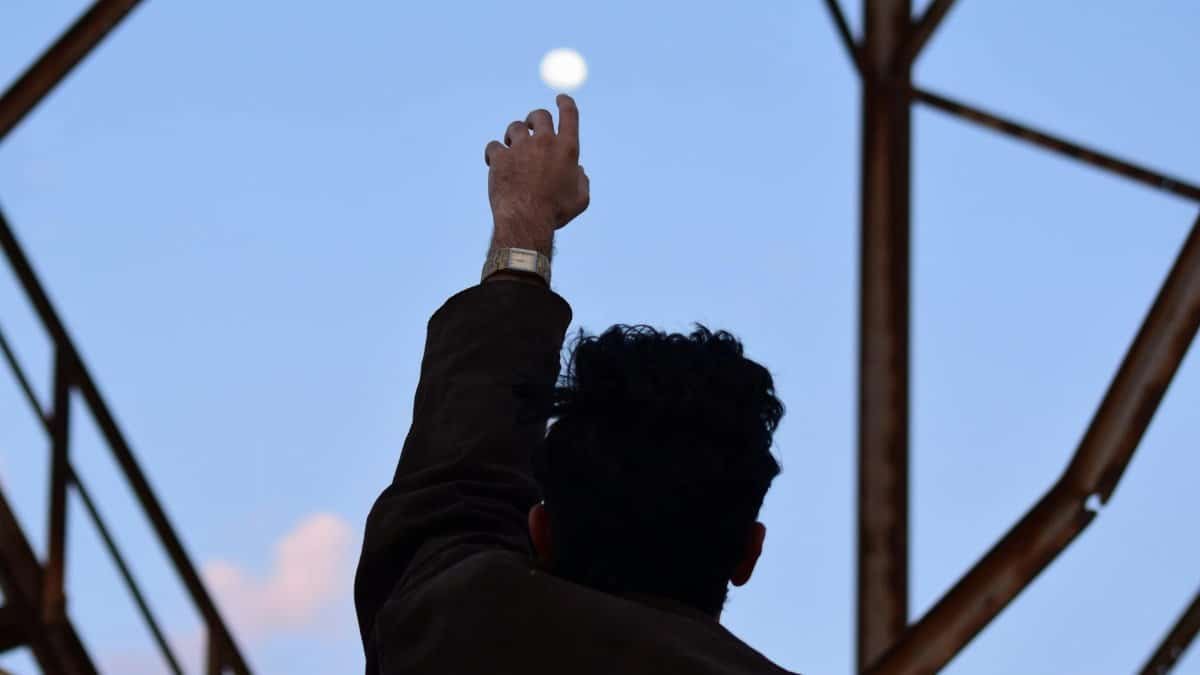
While effective, meditation isn’t a cure-all. Some Austin residents report initial restlessness or skepticism about “woo-woo” practices. Myths persist, like needing hours daily, but experts debunk this: short bursts suffice. Over-reliance can lead to ignoring medical issues, so consulting doctors is advised. A report from the American Psychological Association highlights that while beneficial, it’s best paired with therapy for severe cases. Austin’s pragmatic crowd appreciates this balanced view, ensuring safe adoption.
Future of Austin Wellness Trends
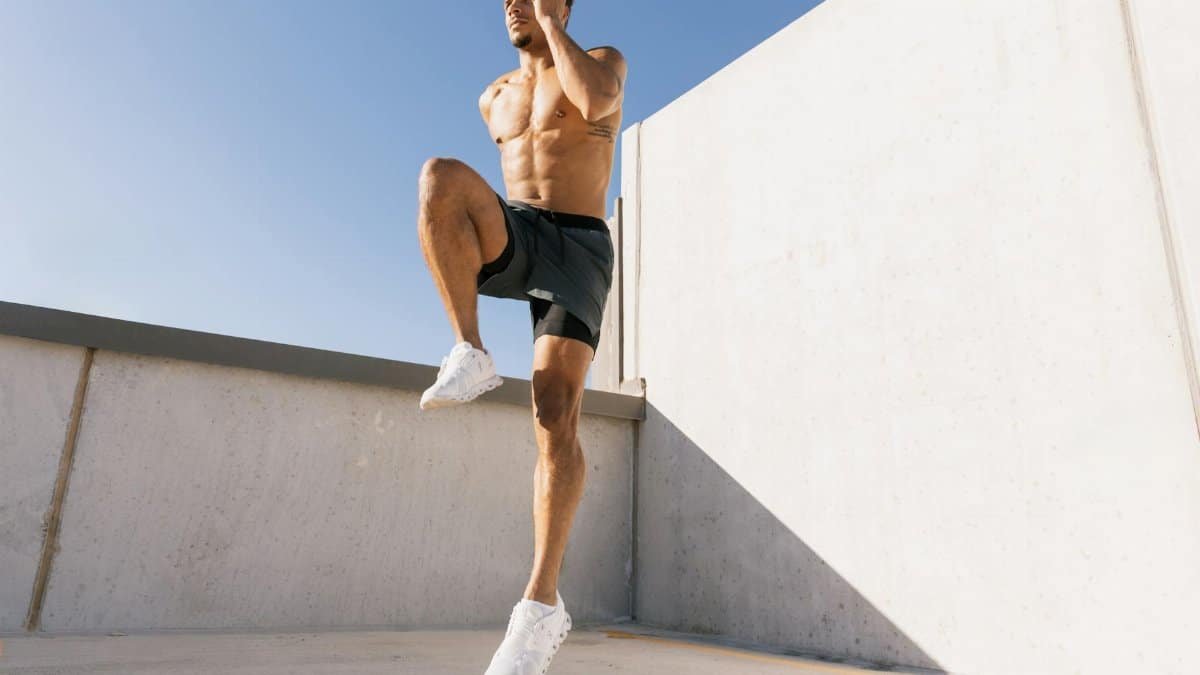
As Austin evolves, meditation for sleep improvement remains central to wellness. With new studios and apps emerging, access is easier than ever. Locals predict integration with virtual reality for immersive experiences. This aligns with broader U.S. shifts toward preventive health. By addressing sleep head-on, Austin is setting an example for other cities. Residents like barista Lisa Chen say it’s revolutionized her nights: “Better sleep means a better life here in ATX.”
